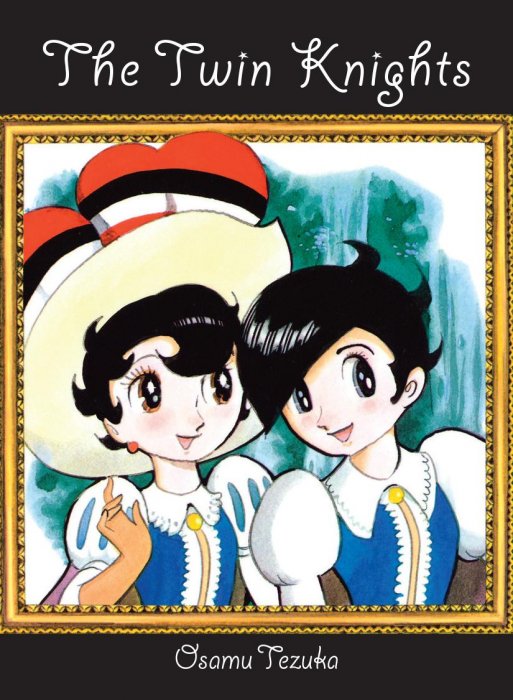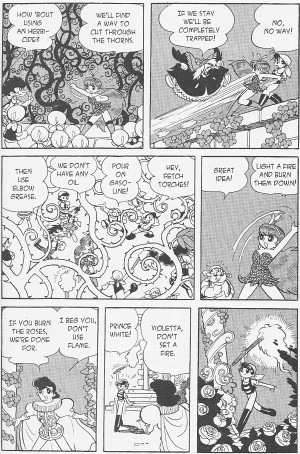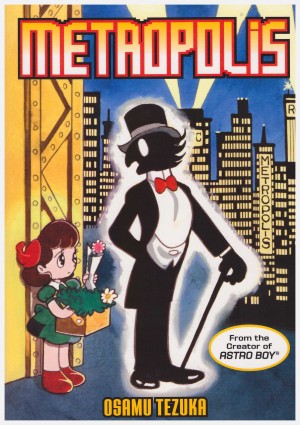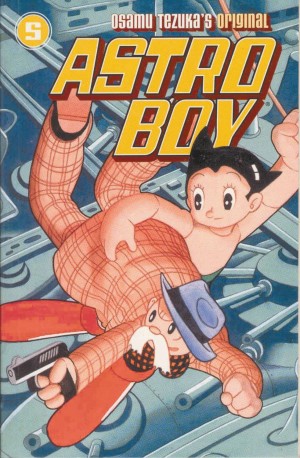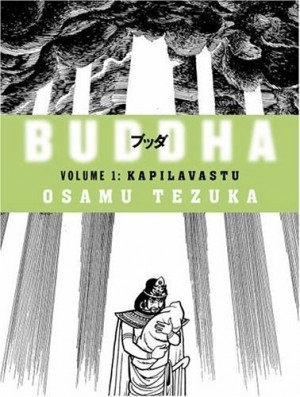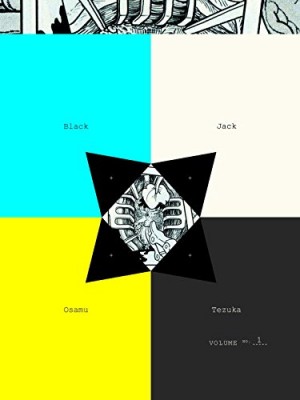Review by Win Wiacek
Osamu Tezuka revolutionised Japanese comics. A devoted fan of Walt Disney films, he performed similar sterling service in the country’s fledgling animation industry. His earliest works were aimed at children, but right from the start his expansive fairytale stylisations harboured more mature themes and held hidden treasures for older readers.
Knight of the Ribbon was a series Tezuka returned to repeatedly, and one being continued even in the 21st century by his disciples. The engaging fable of a Princess forced by political intrigue and cruel fate to pose as a male warrior has become a major part of Japan’s popular culture; adapted into movies, anime and a stage musical. First published in 1954-1956, it was followed by this sequel in 1958-1959: a classic of the medium presented here as a complete-in-one-volume translation continuing the saga begun in the two-volume Princess Knight.
It opens with a homage to musical set-pieces, which reveals Queen Sapphire of Silverland has just given birth to a boy and a girl. A secret is revealed as ambitious Court nobles begin lobbying for one of the newborns to be proclaimed Heir Apparent with such vigour that proud father Franz spends all his time breaking up duels. Depressed and flustered the King gets a helping hand from the angel Tink and Prince Daisy rather than Princess Violetta is officially nominated. However devious Duchess Dahlia is unhappy with the decision and makes treasonous plans. Soon, Daisy is abducted and left to die in a wooded wilderness ruled over by ferocious monster Slobb. What follows is a pell-mell rollercoaster of intrigue, flight and fight before order is restored and the troubled youngsters can find a measure of peace, love and happiness.
This riotous, rollicking fable of desire, destiny and determination cemented the existence of the Shoujo (“Little Female” or young girl’s manga) genre in Japan and still delivers a potent punch and wide-eyed wonder on a variety of intellectual levels.
Although one of Tezuka’s most beguiling kids comics and a work all fans – especially parents – should know, be warned: this tale doesn’t sugar coat the drama and more than one lovable character won’t be alive at the end. If you have sensitive kids read it first and, if you too have a low woe quotient, pack handkerchiefs.
